Pest Control: An Exclusive Guide About 4 Organic Methods
Introduction
In the world of gardening, pest control is a perennial challenge. Chemical pesticides are not a choice for home gardeners who follow organic practices because they can affect beneficial insects, soil health, and human health. Fortunately, nature provides numerous options for keeping pests at bay while maintaining a healthy and thriving garden. In this complete tutorial, we will look at organic pest management solutions for home gardens, with a focus on ecological principles and sustainable practices.
Understanding the Pest Problem
Effective pest management begins with an in-depth understanding of the pests themselves. Identifying the exact pests that are causing problems in your garden, as well as understanding their life cycles, behaviors, and vulnerabilities, are critical stages. This understanding aids in developing tailored techniques that disrupt insect populations while causing no harm to beneficial organisms or the environment.
1. Cultural Pest Control Methods
Cultural practices are the foundation of organic pest management solutions. Gardeners can naturally lower pest populations by establishing a conducive habitat for preferred plants and promoting biodiversity. Important cultural control methods include:
a. Crop Rotation

Crop rotation is a scientifically proven pest control approach that disrupts pest life cycles, resulting in lower pest populations and crop loss. Crop rotation, which involves systematically rotating various plant species over successive seasons, deprives pests of their preferred host plants, pushing them to seek alternate habitats or disrupting their reproductive habits. This approach also aids in the breakdown of pest populations in the soil, as bugs that rely on specific crops for survival are deprived of a food source. Overall, crop rotation helps to promote biodiversity and reduce reliance on chemical pesticides.
b. Companion Planting
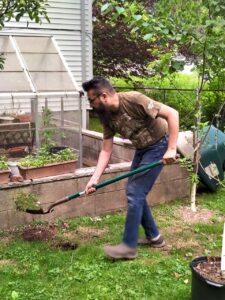
Companion planting is a scientifically proven pest management approach that takes advantage of the natural interactions between plant species to repel pests and improve overall garden health. Certain plant combinations produce chemical substances or scents that repel or confuse pests, hence lowering pest load on sensitive crops. Companion plants also attract helpful insects like ladybugs, lacewings, and parasitic wasps, which eat typical garden pests like aphids, caterpillars, and mites. Gardeners can establish balanced ecosystems that improve biodiversity, reduce insect damage, and promote sustainable gardening practices without using chemicals.
c. Proper Plant Spacing
Proper plant spacing is a scientifically proven method that helps with pest control by increasing air circulation, sunlight exposure, and plant vigor. Adequate plant spacing minimizes humidity levels, making it unfavorable for fungal diseases and pests that flourish in moist environments. Furthermore, greater airflow around plants helps to prevent the accumulation of insect populations, as pests are less prone to concentrate in well-ventilated locations. Furthermore, appropriate plant spacing facilitates monitoring and access, allowing for early diagnosis and treatment of pest infestations by methods such as handpicking and biological control. Overall, appropriate plant spacing encourages healthier plants and aids in successful pest management in gardens.
d. Soil Health Maintenance
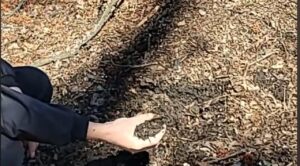
Soil health care is a key component of efficient pest control in gardening, as evidenced by scientific research. Healthy soil teeming with beneficial microorganisms promotes strong root systems and robust plant growth, hence increasing plants’ inherent resilience to pests and diseases. Balanced soil pH and nutrient levels promote plant vigor, making plants less vulnerable to insect infestations. Furthermore, diversified soil microbiomes reduce dangerous pathogens and pests through competition and antagonism, resulting in an ecosystem that prefers beneficial species to pests. Incorporating organic matter through composting and mulching not only improves soil fertility but also encourages beneficial microbial activity, which ultimately strengthens plant pest defenses.
2. Mechanical Control Methods
Mechanical approaches include physically removing or repelling pests from the garden. Although labor-intensive, these methods are effective and environmentally benign. Some popular mechanical control methods are:
a. Handpicking
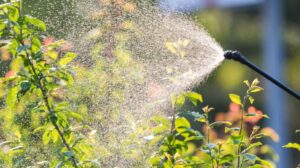
Handpicking, a simple yet effective pest control practice, has been scientifically validated for its targeted approach to pest population management. Gardeners can actively reduce pest populations by manually removing pests like caterpillars, aphids, and beetles from plants, without harming beneficial insects or affecting ecological equilibrium. Regular inspection and handpicking enable early detection of infestations, preventing pests from causing significant crop damage. This strategy is especially appropriate for small-scale gardening and organic farming systems, where chemical pesticides are avoided to ensure environmental sustainability and human health. Handpicking is a natural and environmentally benign way of pest management in agriculture.
b. Barriers
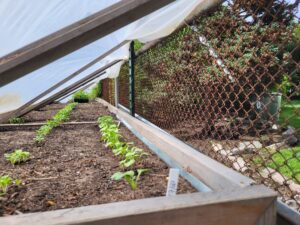
Barriers are an effective physical pest control strategy that is supported by scientific concepts. They protect plants from pest damage in agricultural and horticultural contexts. Installing physical barriers such as row covers, netting, and fences prevents pests from reaching sensitive plants, decreasing feeding damage and infestations. These barriers are especially effective against flying insects, birds, and larger pests such as rats. Furthermore, barriers can be used in conjunction with other pest management strategies, such as crop rotation and biological control, to create a comprehensive and sustainable pest control strategy that reduces reliance on chemical pesticides while promoting ecological balance in the garden ecosystem.
c. Traps
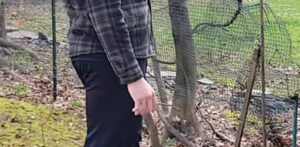
Traps serve an important part in pest management tactics, as scientific evidence shows, by effectively monitoring and reducing pest populations in agricultural and horticulture contexts. Traps of many varieties, such as sticky traps, pheromone traps, and light traps, attract and capture pests by exploiting their behaviors and sensory cues. These gadgets serve to limit pest damage by attracting pests away from crops and into traps, while also allowing growers to monitor pest populations and intervene in time. Traps are especially useful in integrated pest management programs since they supplement other control methods while reducing environmental impact and encouraging sustainable pest control practices.
3. Biological Control Methods
Harnessing the power of nature’s predators and parasites is an essential component of organic pest management. Beneficial insects, nematodes, and microbes serve critical roles in keeping pest populations under control. Below are some biological control approaches to consider:
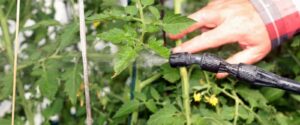
a. Beneficial Insects
Beneficial insects are important allies in pest management efforts, as evidenced by scientific study, because they prey on and parasitize pest species in agricultural and horticultural habitats. As discussed above ladybugs, lacewings, and parasitic wasps are important natural enemies that control pest populations by devouring or parasitizing pest insects at various phases of development. Growers can efficiently manage pest outbreaks by introducing or keeping beneficial insect populations in the garden, reducing their need on chemical pesticides. This biological management strategy promotes ecological balance and resilience in the agroecosystem, encouraging sustainable agriculture practices that prioritize environmental health and biodiversity conservation.
b. Nematodes
Nematodes, microscopic roundworms found in soil, are valuable biological pest control agents, according to scientific research, since they may parasitize and kill a wide range of nuisance insects in agricultural and horticultural systems. Beneficial nematodes, such as the Steinernema and Heterorhabditis species, seek out and infect pest larvae with fatal bacteria, eventually killing them. These nematodes are very efficient against pests that live in the soil, such as grubs, caterpillars, and numerous insect larvae. When used as a biological control approach, nematodes enable focused and sustainable pest management while causing minimal harm to non-target organisms and the environment, making them an important element in integrated pest management systems.
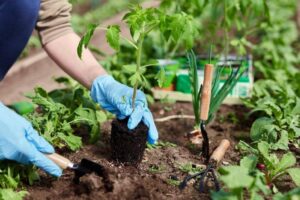
c. Microbial Insecticides
Microbial insecticides, backed up by scientific study, provide effective and environmentally acceptable alternatives to chemical pesticides in pest control tactics. These pesticides use the natural features of microorganisms like bacteria and fungus to target certain pest species while protecting non-target creatures and beneficial insects. Bacillus thuringiensis (Bt)-containing products, for example, create toxins that selectively kill specific insect larvae such as caterpillars and mosquito larvae, making them important instruments in insect pest management while limiting environmental harm. Similarly, fungi like Beauveria bassiana infect and destroy pests such as aphids, whiteflies, and beetles, offering targeted and long-term pest management options in agriculture and horticulture.
4. Organic Pest Repellents
Natural repellents made from plants or minerals can prevent pests while not harming beneficial insects or the environment. Some effective organic repellents are:
a. Neem Oil

Neem oil, obtained from neem tree seeds (Azadirachta indica), is well-known for its pest-control efficacy, which has been supported by scientific studies. Neem oil, which contains chemicals like as azadirachtin, is an effective pesticide, repellent, and antifeedant against a wide range of pests, including aphids, mites, caterpillars, and beetles. Neem oil reduces pest populations by inhibiting insect growth and development. It also has antifungal qualities, which protect plants from soil-borne illnesses. Neem oil is a popular alternative for organic and sustainable pest management in agriculture, horticulture, and home gardening because to its biodegradability and minimal toxicity to non-target organisms.
b. Garlic and Chili Pepper Sprays
Garlic and chili pepper sprays have been scientifically proven as natural pest control solutions, especially in organic gardening. These homemade combinations use the powerful components found in garlic and chili peppers, such as allicin and capsaicin, which have insecticidal and repellent qualities. When sprayed on plants, these treatments prevent a wide range of pests, including aphids, caterpillars, and mites, by interfering with their eating habits and sensory perception. Garlic and chili pepper sprays can also prevent larger pests such as deer and rabbits, making them useful tools for crop protection. Their biodegradability and low environmental impact make them useful components of integrated pest management schemes.
c. Diatomaceous Earth
Diatomaceous earth (DE) is a scientifically established pest control technology that uses the abrasive qualities of fossilized diatoms to efficiently manage insect pests in a variety of environments. DE, which is made up of finely powdered diatom silica skeletons, physically destroys insect exoskeletons when they come into contact, causing dehydration and eventual death. DE’s natural desiccant activity makes it particularly efficient against crawling insects like ants, cockroaches, and fleas, while also controlling garden pests like slugs and snails. Furthermore, DE is non-toxic to humans and pets, making it a safe and environmentally friendly pest control solution for both indoor and outdoor areas.
Conclusion
Organic pest control in home gardens aims to promote harmony among plants, insects, and the environment. Gardeners may efficiently manage pests while protecting the health and vitality of their gardens by implementing ecologically sound approaches based on cultural, mechanical, biological, and repellent methods. As land stewards, let us continue to explore and develop with nature, leveraging its knowledge to create flourishing and sustainable ecosystems in our own backyards.



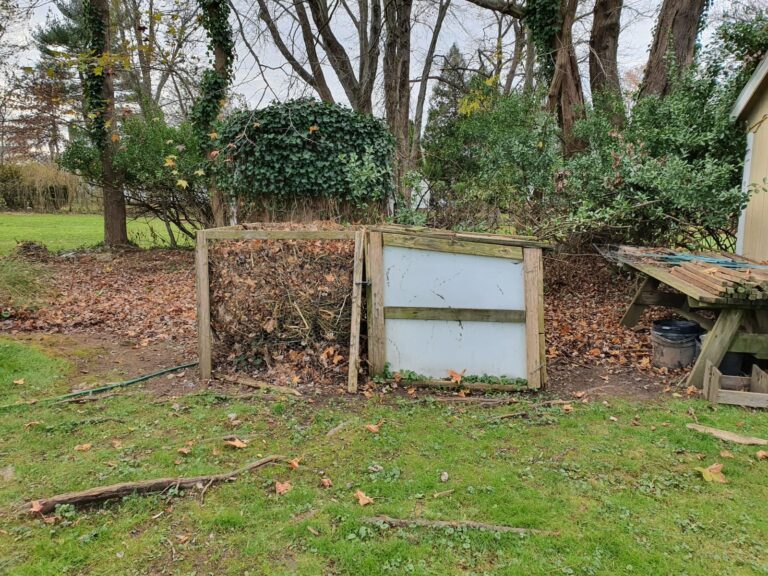




obviously like your website but you need to test the spelling on quite a few of your posts Several of them are rife with spelling problems and I to find it very troublesome to inform the reality on the other hand Ill certainly come back again
Thank for your kind comments. We spell according to North American standards and certainly sure that there aren’t any spelling mistakes.
Usually I do not read article on blogs however I would like to say that this writeup very compelled me to take a look at and do so Your writing taste has been amazed me Thanks quite nice post
Thank you for your kind comments!